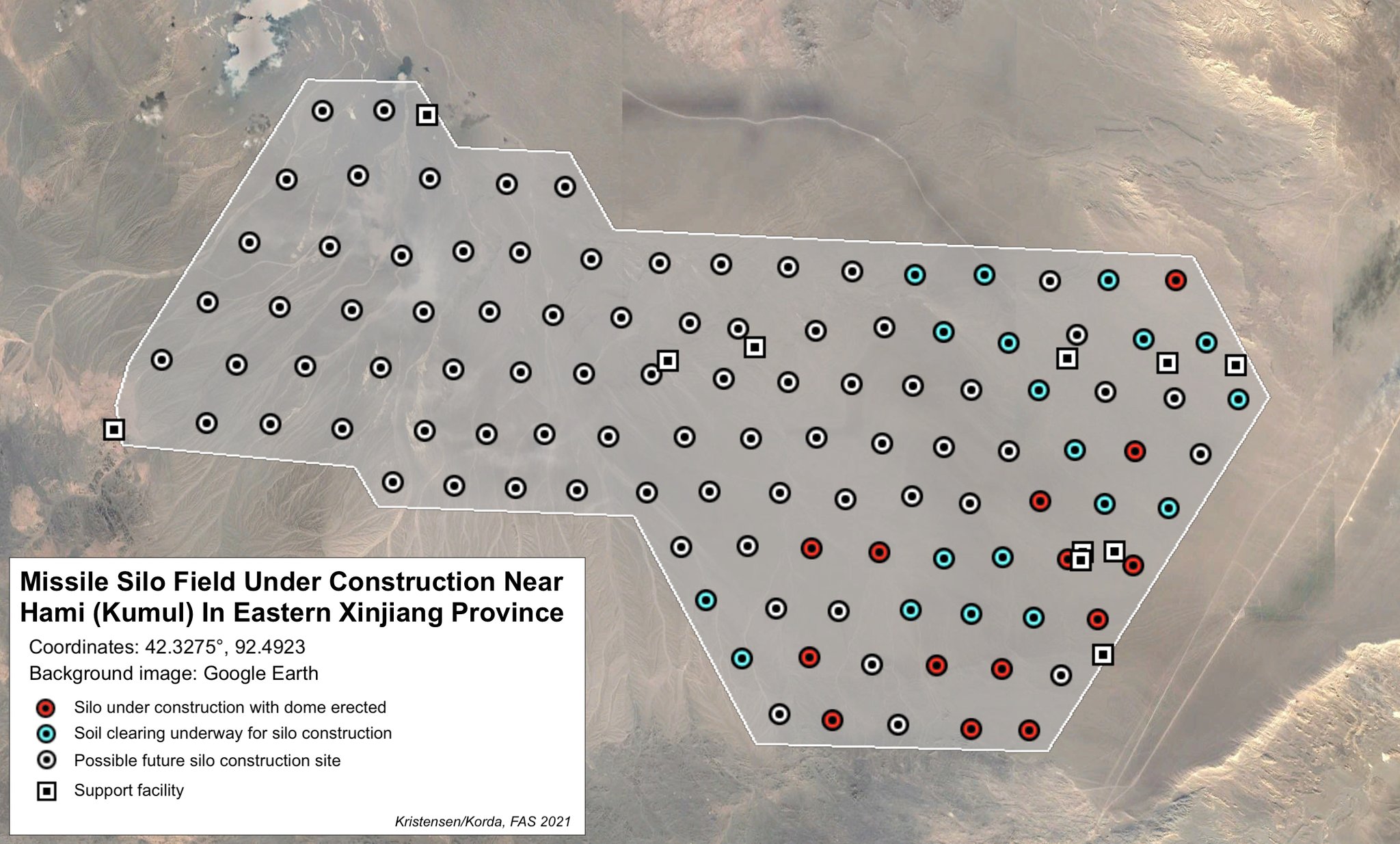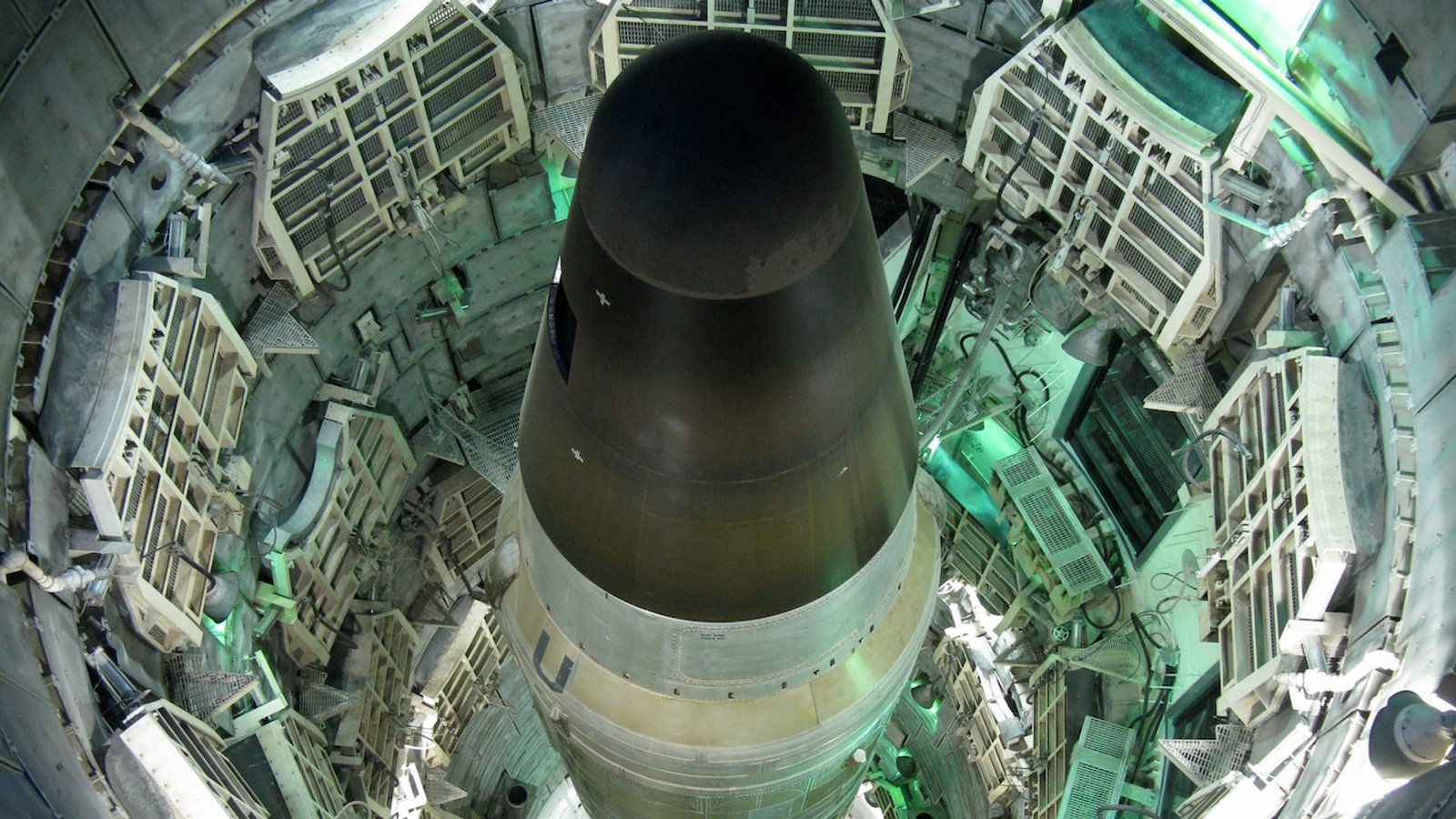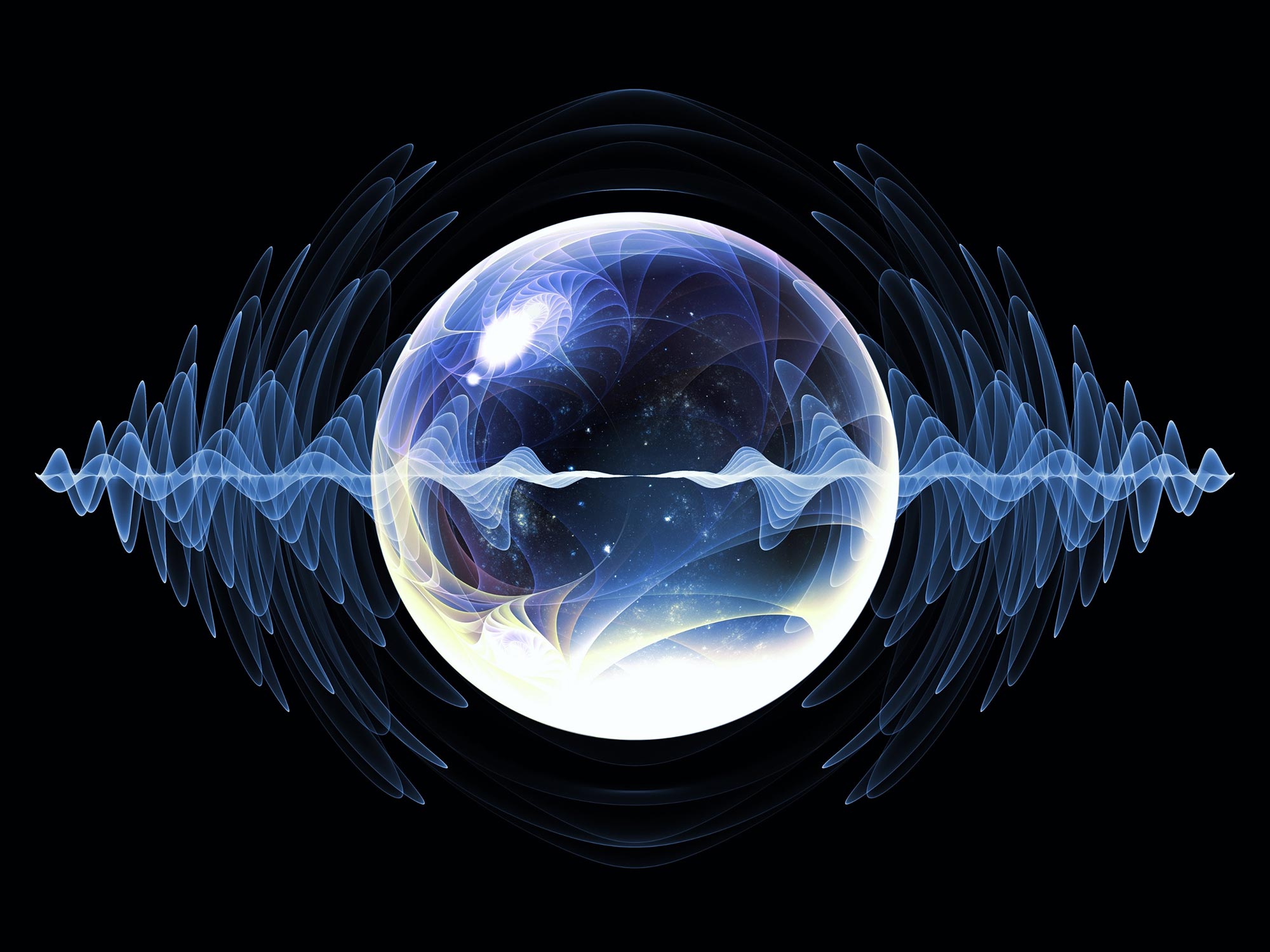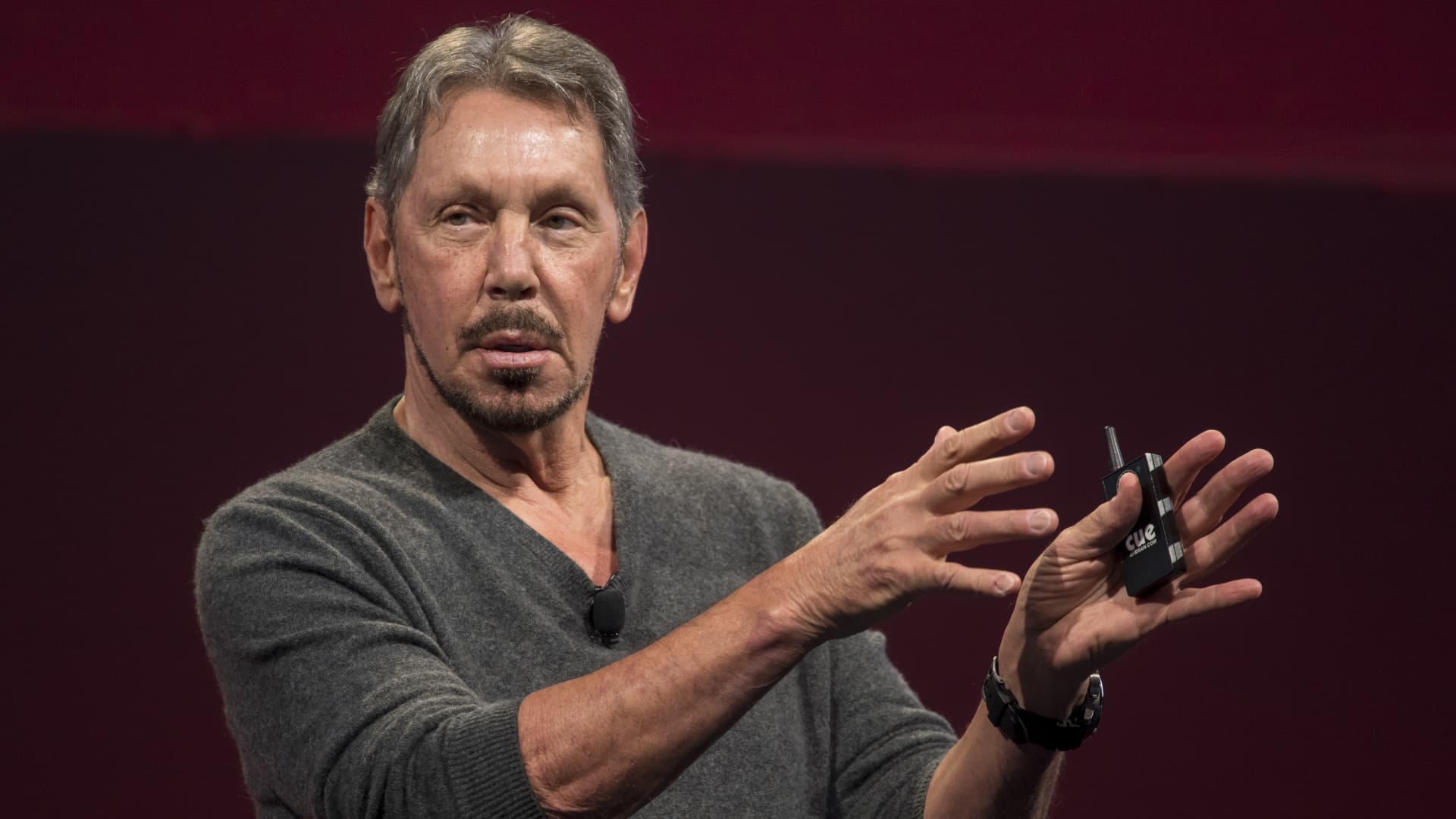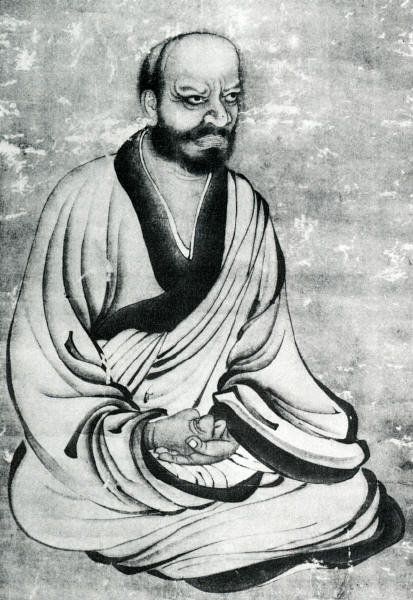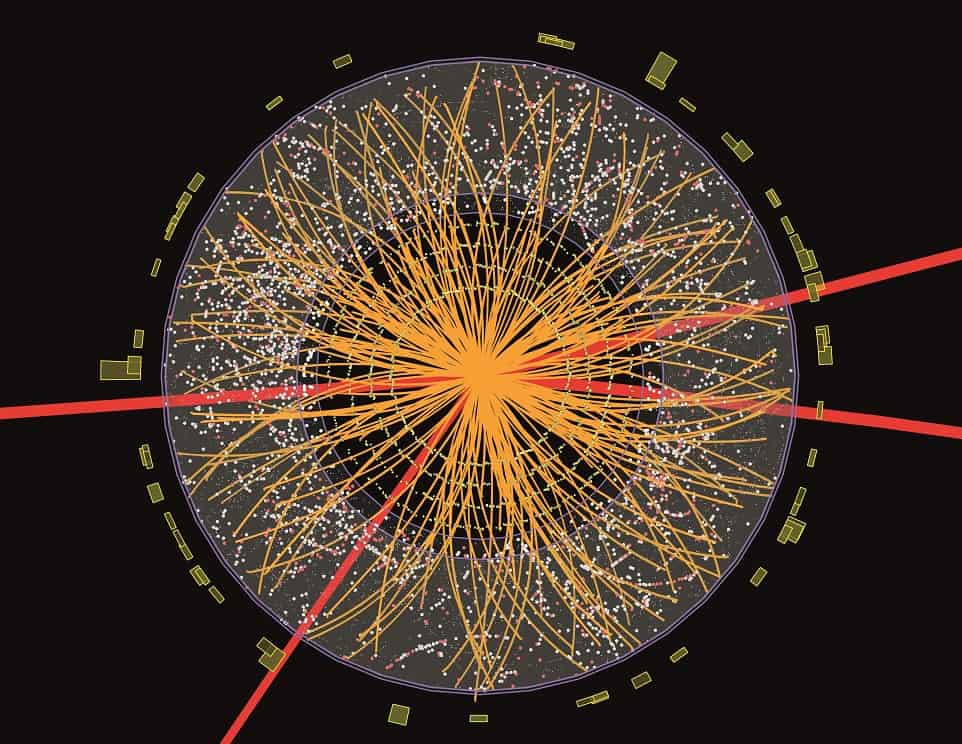
Particle and nuclear
The past, present and future of high-energy physics come under the spotlight in the July 2022 special issue of Physics World magazine.
It’s rare in physics to be able to say “I was there” when a great discovery is announced. But several hundred people certainly enjoyed that privilege 10 years ago on 4 July 2012 as they crammed into CERN’s main auditorium. There they heard Joe Incandela and then Fabiola Gianotti – spokespeople for the CMS and ATLAS collaborations respectively – reveal the latest data from the Large Hadron Collider (LHC). The Higgs boson (or at least “a Higgs boson”) had been discovered. “I think we have it,” as CERN boss Rolf Dieter Heuer declared.
But what was astounding for such a technical discussion was that hundreds of thousands of people had tuned in from around the world to witness the event online. Hardcore particle physics had never been so popular, with non-physicists able to listen to discussions of the Standard Model, decay channels and standard deviations.
The announcement was a high-water mark for CERN. Over the previous few years, news about the LHC had been dominated by its early malfunction and scare stories the collider might make tiny – but potentially Earth-destroying – black holes.


